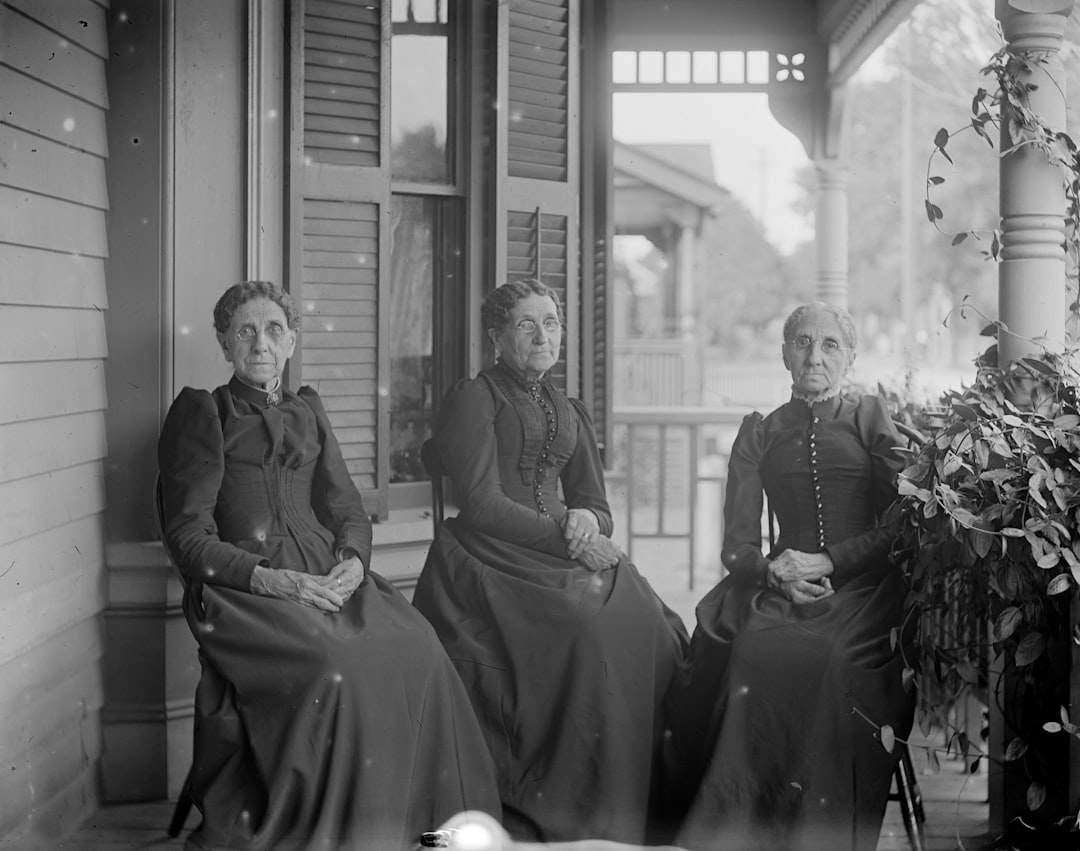5 Overlooked Gems Exploring America's Revolutionary Past Beyond the Battlefields
5 Overlooked Gems Exploring America's Revolutionary Past Beyond the Battlefields - Commemorating the Unsung Heroes - Maryland 400 Marker in Brooklyn, New York
The Maryland 400 marker in Brooklyn, New York commemorates the heroic soldiers from the First Maryland Regiment who fought in the Battle of Brooklyn during the American Revolutionary War.
This little-known but important chapter of history is being further explored through research projects and archaeological investigations, shedding light on the lives and sacrifices of these unsung heroes.
The marker serves as a memorial to the Maryland 400, who played a crucial role in allowing American forces to retreat and regroup after the British victory in the Battle of Brooklyn.
The Maryland 400 marker is located in Brooklyn, New York, commemorating the heroic sacrifice of 400 soldiers from the First Maryland Regiment during the Battle of Brooklyn in Archaeologists have been conducting excavations at the site in Brooklyn to investigate the lost gravesite of the Maryland 400 soldiers, shedding new light on their final resting place.
The Old Stone House in Brooklyn, a 1699 Dutch farmhouse, serves as a memorial to the Maryland 400, featuring a Maryland flag to honor their service and sacrifice.
The Maryland State Archives has launched a research project called "Finding the Maryland 400" in partnership with the Maryland Society of the Sons of the American Revolution, aiming to uncover the stories and lives of these Revolutionary War heroes.
The Battle of Brooklyn, also known as the Battle of Long Island, was the first major battle of the American Revolutionary War, and the Maryland 400 played a crucial role in allowing the Continental Army to regroup and retreat.
The Maryland 400 marker is an example of how the "Beyond the Battlefields" series explores America's Revolutionary past, highlighting lesser-known events and unsung heroes to provide a more comprehensive understanding of the war's complexities.
5 Overlooked Gems Exploring America's Revolutionary Past Beyond the Battlefields - Artifacts and Exhibits Highlighting Lesser-Known Narratives - Museum of the American Revolution in Philadelphia
The Life and Death of an Irish Soldier" exhibit, which sheds light on the entangled histories of the American and Irish revolutions.
Additionally, the museum's "Timeline" exhibit uses historical objects, documents, and other resources to uncover surprising stories and key moments from the revolutionary era.
The Life and Death of an Irish Soldier," which tells the story of Richard St.
The museum's collection includes over 10 "Great Revolutionary War Artifacts" that reveal remarkable stories about the war, its alliances, and the individual struggles of its soldiers, including rare uniforms and artwork.
The museum's digital resources include a curated collection of excerpts from books about the American Revolution and a multimedia timeline, providing additional depth and context for exploring this rich history.
Don Troiani's Paintings of the Revolutionary War" features over 40 of the artist's original paintings, paired with artifacts from his personal collection, offering a unique visual perspective on the events and experiences of the revolution.
5 Overlooked Gems Exploring America's Revolutionary Past Beyond the Battlefields - Curated Tours Emphasizing Transformative Experiences - American Battlefield Trust
The American Battlefield Trust's "5 Overlooked Gems Exploring America's Revolutionary Past Beyond the Battlefields" series highlights lesser-known sites significant to the American Revolution, offering transformative experiences beyond the traditional battlefields.
The American Battlefield Trust has preserved over 55,000 acres of Revolutionary War, War of 1812, and Civil War battlefields, including key sites like Gettysburg and the Wilderness, ensuring the preservation of these hallowed grounds for generations to come.
The American Battlefield Trust's curated tours emphasize the importance of these lesser-known sites in understanding the origins and legacy of the American Revolution, offering a unique perspective beyond the traditional narratives.
As an engineer, I'm impressed by the trust's use of technology, such as panoramic virtual tours and in-depth multimedia content, to enhance the visitor experience and bring history to life in innovative ways.
5 Overlooked Gems Exploring America's Revolutionary Past Beyond the Battlefields - Gettysburg's Revolutionary Remnants - Artillery Shells, Presidential Pews, and a Witness Tree
Gettysburg, Pennsylvania, is a historic town that preserves more than just the famous Civil War battlefield.
The town and its surroundings offer a unique glimpse into America's Revolutionary past, with remnants such as a witness tree, presidential pews, and Revolutionary War-era artillery shells on display.
These overlooked gems provide visitors with a deeper understanding of the pivotal moments that shaped the nation's history.
The Witness Tree, a chestnut oak, is estimated to be over 250 years old, making it a silent observer to the Battle of Gettysburg and a symbol of the American Revolution.
The Artillery Park at Gettysburg Battlefield features a collection of Revolutionary War-era cannons, including a rare 1777 French cannon, which is one of only two known to exist in the United States.
The Presidential Pews at the David Wills House, where President-elect Abraham Lincoln prepared for his Gettysburg Address, are meticulously restored to their original condition, providing a unique glimpse into the life of one of America's most iconic leaders.
The National Park Service has identified around 50 artillery emplacements across the Gettysburg Battlefield, offering a tangible connection to the 18th-century conflicts that shaped American history.
The War of 1812 artillery piece, Penelope, is embedded in the sidewalk on Baltimore Street in Gettysburg, serving as a reminder of the town's rich military history.
The Coster Avenue Mural site, where a small group of Union troops held off Confederates, is a lesser-known but significant historical site in Gettysburg, showcasing the bravery of American soldiers.
A witness tree remains on a busy street in Gettysburg, standing as a testament to the town's enduring connection to its revolutionary past.
Unexploded artillery shells have been found at Gettysburg, with only five such shells discovered since 1980, highlighting the ongoing efforts to preserve and protect the battlefield.
The Academy Bed and Breakfast in Gettysburg has an artillery shell lodged in its brick exterior, a physical reminder of the intense battles that took place in the town during the Civil War.
5 Overlooked Gems Exploring America's Revolutionary Past Beyond the Battlefields - Connecting Modern Audiences to the Nation's Origin - The American Revolution Experience
The content appears to be focused on an educational exhibit about the American Revolution.
Through the use of cutting-edge technology, storytelling, and unique artifacts, the exhibit seeks to engage visitors with the people, events, and ideas that shaped the nation's founding.
The exhibit features a 3D virtual tour of Independence Hall, allowing visitors to explore the iconic building where the Declaration of Independence and U.S.
Constitution were signed.
Visitors can use augmented reality technology to interact with life-sized holograms of key Revolutionary War figures, such as George Washington and Betsy Ross, and hear their stories.
One interactive display allows visitors to experience the sights and sounds of a colonial-era tavern, complete with the clinking of glasses and the chatter of patrons discussing the growing unrest with British rule.
Visitors can step into a replica of a Continental Army soldier's tent and learn about the harsh living conditions endured by the Revolutionary forces.
The exhibit showcases rarely seen artifacts, including a lock of George Washington's hair and a quill pen used to sign the Declaration of Independence.
Visitors can participate in a simulated vote on independence, experiencing the difficult choice faced by colonists during the Revolutionary era.
The exhibit features a "loyalist perspective" display, highlighting the difficult decisions faced by colonists who remained loyal to the British crown.
Visitors can explore a 360-degree projection of the Battle of Bunker Hill, immersing themselves in the sights and sounds of this pivotal early engagement.
The exhibit's educational games challenge visitors to navigate the complex political and social landscape of the Revolutionary era, testing their problem-solving skills.


